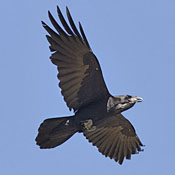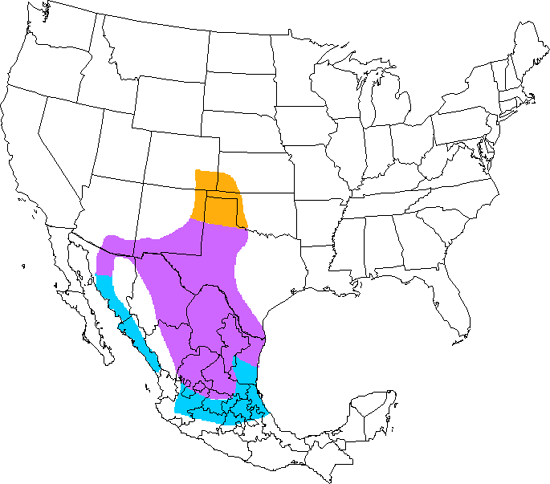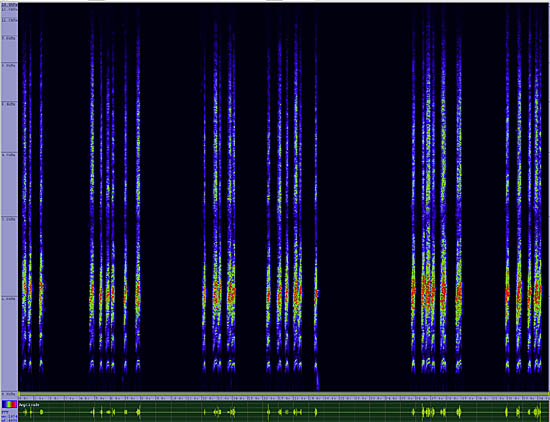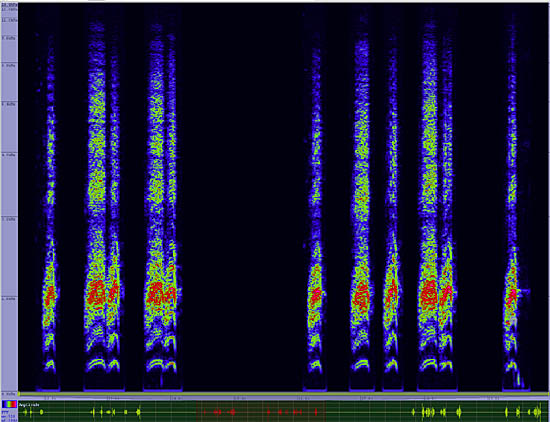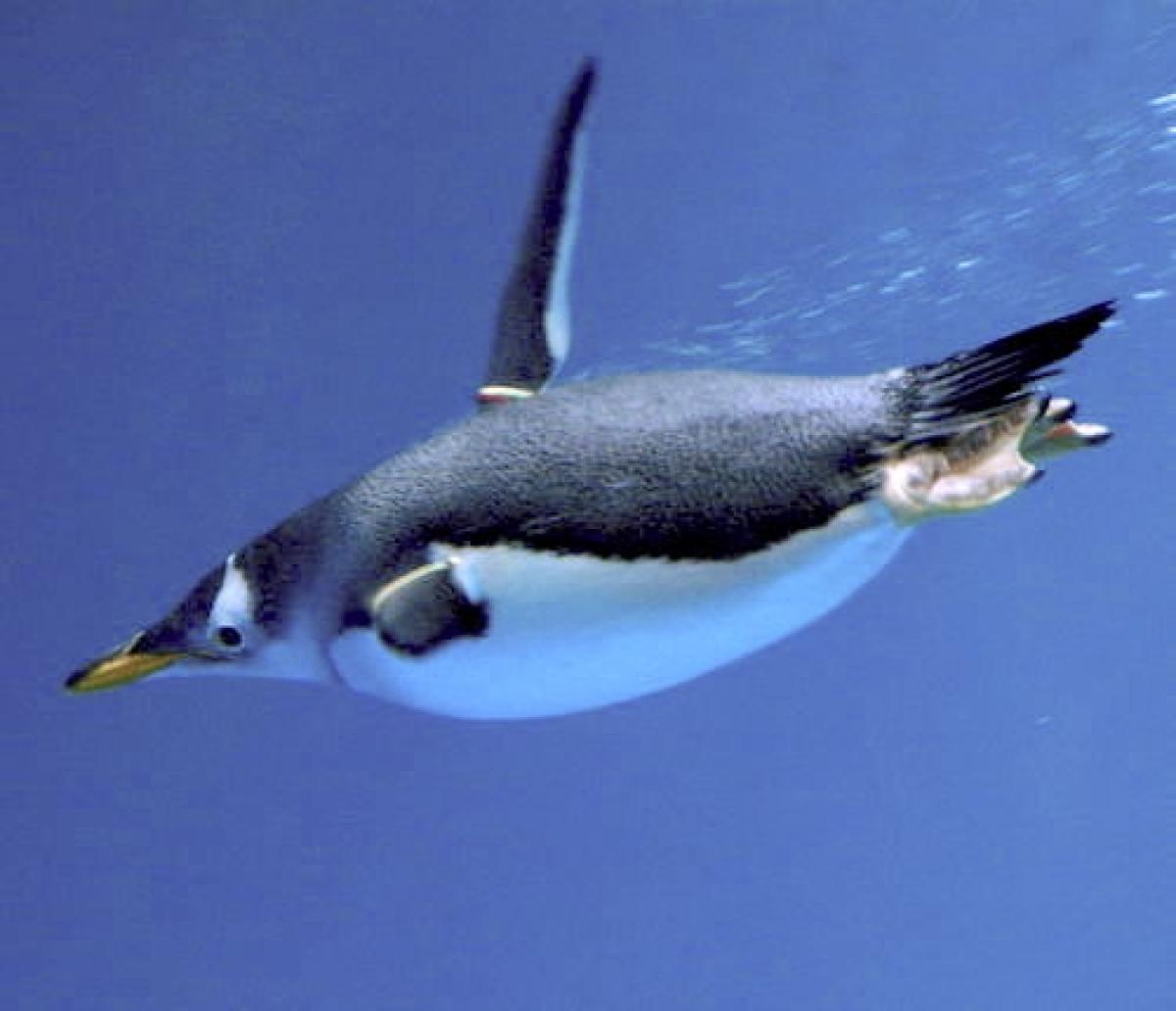Chihuahuan Raven
Corvus cryptoleucus

Perching
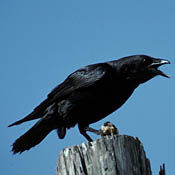
Length: 20 in. (20 cm )
A small relative of the more wide spread Common Raven, the Chihuahuan Raven occurs in the arid grasslands and desert areas of the southwest. Its huge stick nest is usually conspicuously placed on a telephone pole or lone tree. It breeds mid summer at the start of the rains, and during the winter forms huge flocks. It feeds on almost any animal material it encounters, including carrion and garbage.
The four-digit banding code is CHRA.
Bibliographic details:
- Article: Chihuahuan Raven
- Author(s): Dr. Biology
- Publisher: Arizona State University School of Life Sciences Ask A Biologist
- Site name: ASU - Ask A Biologist
- Date published: 13 Jul, 2017
- Date accessed: 18 October, 2025
- Link: https://askabiologist.asu.edu/activities/bird/chihuahuan-raven
APA Style
Dr. Biology. (Thu, 07/13/2017 - 15:36). Chihuahuan Raven. ASU - Ask A Biologist. Retrieved from https://askabiologist.asu.edu/activities/bird/chihuahuan-raven
Chicago Manual of Style
Dr. Biology. "Chihuahuan Raven". ASU - Ask A Biologist. 13 Jul 2017. https://askabiologist.asu.edu/activities/bird/chihuahuan-raven
MLA 2017 Style
Dr. Biology. "Chihuahuan Raven". ASU - Ask A Biologist. 13 Jul 2017. ASU - Ask A Biologist, Web. https://askabiologist.asu.edu/activities/bird/chihuahuan-raven
Be Part of
Ask A Biologist
By volunteering, or simply sending us feedback on the site. Scientists, teachers, writers, illustrators, and translators are all important to the program. If you are interested in helping with the website we have a Volunteers page to get the process started.



